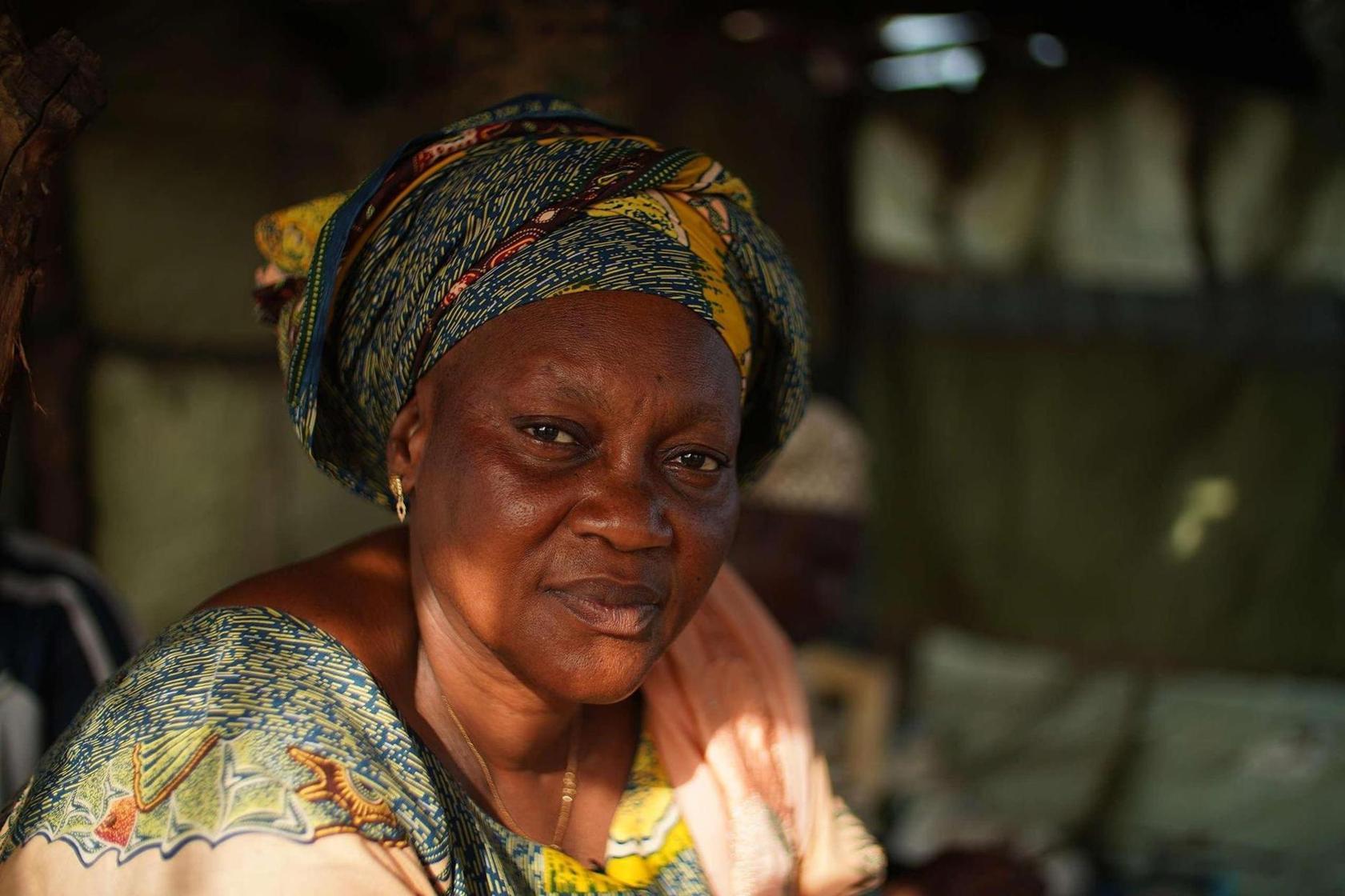Africa-Press – Botswana. The life expectancy at birth has slightly increased from 68 to 69 years between the 2011 and 2022 censuses at national level.
This was revealed by Statistics Botswana Board Chairperson Professor Gobopamang Letamo at the 2022 Population and Housing Census results dissemination conference in Tlokweng on Tuesday.
Prof Letamo explained that indications were that life expectancy declined from 68 to 66 years for males while there was an increase from 70 to 71 years for females.
“The decline in life expectancy for males calls for health investigations and interventions for the group,” he said.
Furthermore, he also revealed that infant mortality rate declined from 43 to 20 deaths per 1 000 live births during the period 2011 to 2022.
Although this was a significant achievement, Prof Letamo however said there was still a lot that needed to be done to bring down the infant mortality rate to the average infant mortality rate in developed countries which is less than five deaths per 1 000 live births.
He nevertheless attributed this remarkable success to Botswana’s intentional investments in healthcare, improvements in maternal and child health services as well as concerted efforts to combatting HIV/AIDS.
Likewise, Prof Letamo indicated that the under-five mortality rate had also declined significantly from 61 to 28 deaths per 1 000 during the same period. He noted that under-five mortality rate was one of the most widely used indicators for assessing child health and survival.
“This achievement reflects the government of Botswana’s prioritisation of child health not only in recognition of the need to uphold children’s rights, but also as a smart investment towards the country’s future,” he said.
In addition he said improved healthcare services, increased access to vaccinations, and enhanced maternal and child health programmes implemented by the government had made it possible to yield positive results.
Nevertheless, he said the downward trend in fertility over the last decades had risen, with the total fertility rate, which was the average number of children that would be born to a woman during her reproductive life having dropped slightly from 2.8 to 2.7 children per woman this census period.
“While the country’s estimated replacement fertility rate of 2.1 children per woman, has not yet been reached, it goes without saying that Botswana should carefully monitor and manage this critical demographic indicator and implement policies that enable the country to benefit optimally from its total fertility rate,” he said.
Nonetheless, he said the census results showed that the population was relatively youthful, with 32 per cent below the age of 15, and an additional 30 per cent aged up to 35.
Prof. Letamo explained that the statistics suggested a vibrant and potentially growing society, but also highlighted the importance of investing in education, healthcare, and employment opportunities to support this youthful demographic.
For the proportion of older adults aged 65 and above, he said it remained relatively low at six per cent indicating potential challenges for elderly care and support systems in the future.
While that was the case, he stated that 67 per cent of the country’s population lives in urban areas, which was a three per cent increase from 64 per cent in 2011.
The population in urban areas was also said to have increased from 52 per cent in 2011 to 61 in 2022. On the other hand Prof. Letamo noted a corresponding decline in the proportion of those living in rural areas.
In comparison to cities and towns, he mentioned that rural areas had more children aged less than 15 and the elderly population aged 65 years and above.
“A country that is characterised by a combination of increased urbanisation, accompanied by low fertility and mortality rates leading to a labour force that is growing faster than the population dependent on it, as is the case with Botswana, is deemed to be on the right trajectory towards realising demographic dividends,” he said.
The acting Statistician General Dr Lucky Mokgatlhe said the census, undertaken every 10 years, was a cornerstone of the nation’s development as it provided the most comprehensive picture of the population.
For her part, Head of Office of United Nations Population Fund (UNFPA) in Botswana Ms Tlangelani Shilubane-Pietersen said the UNFPA’s core mandate was to strengthen national capacity to ensure high-quality population censuses that meet international standards.
She said it was notable that the 2020 round of censuses, which was from 20-15 to 2024, was conducted in the context of new commitments, among them, the 2030 Agenda for Sustainable Development(SDG). She said the SDGs agenda had placed the highest priority on ensuring that no one is left behind, a call to national statistical systems to disaggregate national indicators and monitor inequalities as a matter of human rights.
“It is worth noting that the census plays a key element in national data ecosystems and is actually a source of population denominators for about 96 of the SDG indicators,” she emphasised.
She praised Statistics Botswana for having showing resilience, as it was among the 74 countries that implemented the census during the COVID-19 pandemic saying this demonstrated the value that the government of Botswana placed on generation of evidence and the use of empirical information for decision and policy making.
For More News And Analysis About Botswana Follow Africa-Press






